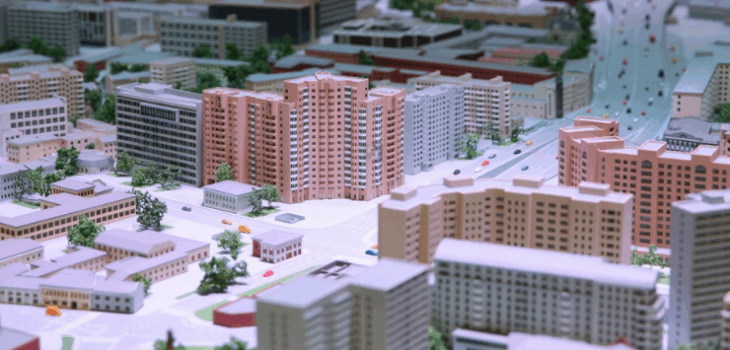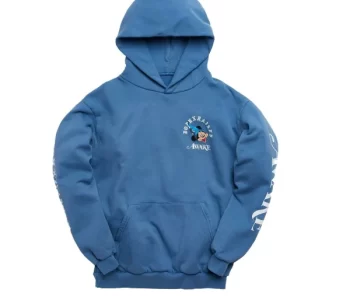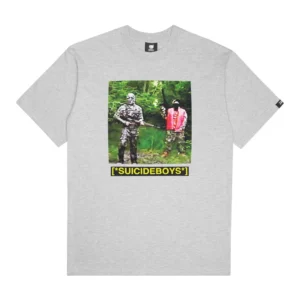 Business
Business
Sustainable Materials in Dubai’s Eco-Transport Model Making
Dubai is rapidly transforming its transport infrastructure with a strong focus on sustainability. From electric buses to autonomous pods and green metro extensions, the city is investing in eco-friendly solutions. Alongside these projects, model making has played an important role in visualizing and planning.
A key question now arises—are sustainable materials being used in model making for eco-transport infrastructure in Dubai? The answer is yes. Dubai’s model making industry is gradually shifting toward greener practices, embracing materials and techniques that reduce environmental impact while supporting innovation in transport design.
The Growing Need for Sustainable Model Making
Model making Dubai is no longer just about visual representation. It is a critical part of the design, planning, and communication process for major transport infrastructure. As Dubai’s transport authorities and developers commit to sustainable goals, it makes sense that model making should also reflect those values.
Sustainable model making not only aligns with green transport principles but also supports Dubai’s larger environmental goals, including reducing carbon emissions and promoting a circular economy. By using sustainable materials, the model making process becomes cleaner, less wasteful, and more responsible.
Types of Sustainable Materials Being Used
One of the biggest shifts in Dubai’s model making industry is the adoption of recyclable and biodegradable materials. Traditional materials like plastic, foam board, and acrylics are being replaced or supplemented with eco-friendly alternatives.
Cardboard and recycled paper are now common in early-stage models. These materials are lightweight, affordable, and fully recyclable. For more detailed presentations, model makers use biodegradable PLA (polylactic acid) plastic, which is made from renewable sources such as corn starch or sugarcane. PLA is often used in 3D printing to create parts of transport models, such as mini vehicles or station layouts.
Wood and bamboo are also making a comeback in Dubai’s architectural and transport models. Sourced from sustainable forests, these materials offer both durability and a natural aesthetic. They are used in framing structures or as base platforms for larger models.
Eco-Friendly Adhesives and Paints
Sustainable model making in Dubai is not just about the building blocks. It also includes the supporting products. Many studios have started using water-based glues, which are non-toxic and have low VOC (volatile organic compounds) content. These adhesives are safer for both the makers and the environment.
Paints and coatings have also gone green. Instead of chemical-heavy sprays, model makers now prefer acrylic or water-based paints with low environmental impact. These options help reduce indoor air pollution in workspaces and minimize chemical waste.
Energy-Efficient Production Methods
In addition to materials, the way models are built is becoming more energy-efficient. Many model making studios in Dubai are investing in solar-powered tools or low-energy machines. Laser cutters, CNC routers, and 3D printers are now used with energy monitoring systems to reduce electricity consumption during long hours of production.
Digital workflows also support this trend. Instead of printing large blueprints and making unnecessary physical prototypes, designers use 3D modeling software to plan every detail. Only the final or most useful parts are physically produced, which reduces waste and improves efficiency.
Benefits for Eco-Transport Infrastructure Projects
Eco-transport infrastructure in Dubai includes a range of projects, from green metro lines and cycling tracks to smart EV charging stations. For each of these projects, sustainable model making adds credibility and consistency to the overall green message.
When stakeholders view a model built from recycled or natural materials, it reinforces the commitment to eco-consciousness. It also shows attention to detail, proving that sustainability is not just in the final construction but also in every step of the process.
Moreover, sustainable models are often lighter, easier to transport, and safer to display in public environments. These practical benefits make them ideal for use in exhibitions, meetings, and public awareness campaigns.
Educational and Community Impact
Sustainable model making also supports Dubai’s educational goals. Universities, design institutes, and school programs are adopting green materials in their architectural and engineering projects. Students learn how to balance creativity with environmental responsibility. Workshops on model making now include sessions on material sourcing, carbon footprint reduction, and recycling methods.
Some community initiatives in Dubai even encourage using leftover model pieces to build new educational tools. These efforts turn what could be waste into a resource, helping promote the idea of sustainability in both theory and practice.
Challenges and Ongoing Innovation
Despite the progress, sustainable model making in Dubai still faces challenges. Some eco-friendly materials are more expensive or less durable than traditional ones. This can make them harder to use in large-scale, high-detail models. There are also limitations in availability, especially for advanced green composites or bio-resins.
However, innovation is ongoing. Dubai’s model makers are working with material suppliers, researchers, and technology partners to find better options. New biodegradable filaments for 3D printers are being tested. Hybrid materials that combine sustainability with strength are entering the market. These developments are making it easier and more cost-effective to use green materials across all types of transport models.
Conclusion
Sustainable materials are being used in model making for eco-transport infrastructure in Dubai. From recycled cardboard and biodegradable plastic to low-VOC paints and energy-saving tools, the shift is well underway. These innovations not only support Dubai’s vision for green mobility but also raise the standards for responsible design across the board.
As Dubai continues to lead the region in smart and sustainable transport, model making will remain a crucial part of the process. With eco-friendly practices now part of the model making landscape, every stage of planning—from the model to the real-world project—is helping build a greener, smarter future.









